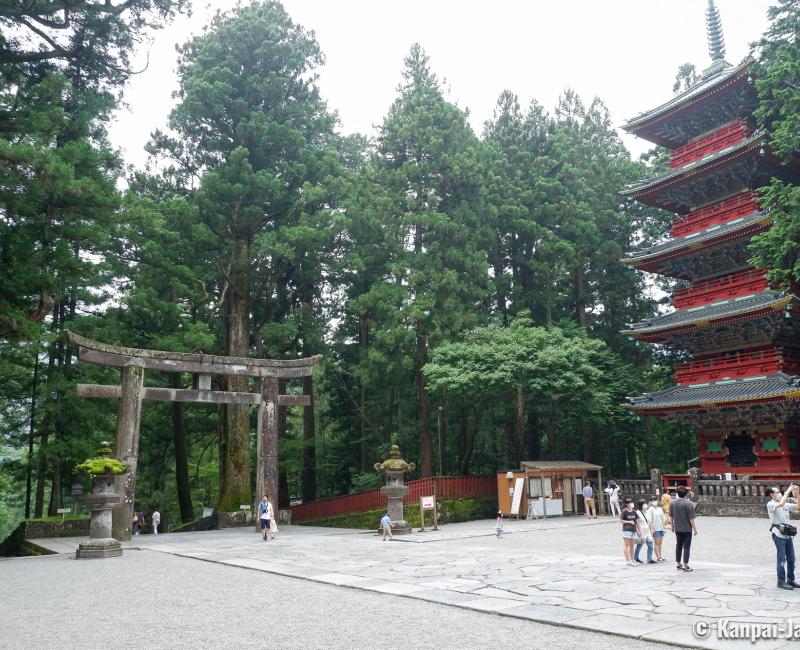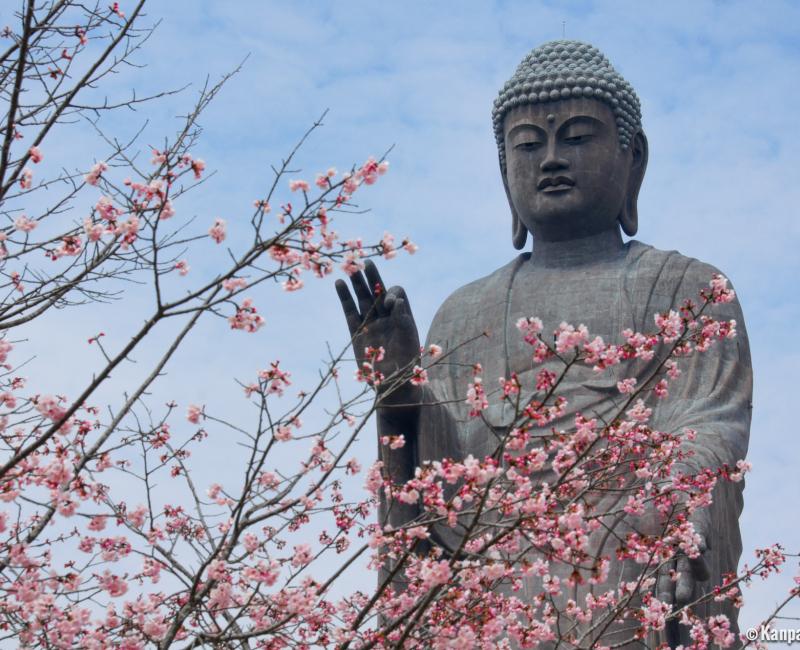Kanto
The Most Populated Region of Japan
Kanto is a Japanese region, located on the East of the main island of Honshu. It encompasses seven prefectures in total (Tokyo, Chiba, Gunma, Ibaraki, Kanagawa, Saitama and Tochigi) and is home of the archipelago’s two biggest cities by number of inhabitants (the capital and Yokohama). It is the most populated, industrialized and one of the most touristic territories of Japan.
Kanto is Japan’s main gate and without a doubt the region (equally with Kansai) which appeals the most to foreign travelers, thanks to a choice of destinations that is reflective of the archipelago, including its capital.
Half of the Kanto area is a large urbanized plain, bordered in the West by Chubu area’s mountain ranges, in the North by the Tohoku, and Pacific Ocean in the South and in the East.
How to travel in the area?
Two big international airports, Haneda and Narita, were built on each side of Tokyo. They are also connected to the rest of Japan by many domestic flights ✈️.
The area benefits from a quite dense network of trains and bus connections. Many transportation passes exist for an easy exploration, starting with the Japan Rail Pass, that covers the whole country. There are also various regional passes targeting specific routes or zones in the Kanto region.
It is recommended to use a car 🚙 to reach specific places in the mountains, but public transportation service usually extends almost everywhere.
Weather is essentially temperate, yet naturally cooler in the highlands.
Why explore the Kanto area?
Of course, the capital Tokyo is the first destination, but more traditional cities are also must-sees, such as Nikko, Kamakura and Enoshima Island, some quaint thermal resorts, and even theme parks 🎡 like Tokyo Disney Resort.
Kanto is best visited in any season: in spring 🌸 for the flowering, in autumn for the momiji 🍁. Mountains have snowy ski resorts for winter and dolce far niente amateurs will enjoy the beaches 🏖 of Sagami Bay in summer. The area is suitable to urban tourist as well as to hikers in a natural environment.

Tokyo Prefecture
About 14 million inhabitants live in Tokyo which is also a prefecture. Capital of Japan since the early 17th century, originally named Edo, it extended on former wetlands on the shore of Tokyo Bay. It radiates from the Imperial Palace which is almost at its center, and the Yamanote circular train line connects the most popular districts of the megalopolis. Its western side, which is more of a residential area, developed along the Chuo line.
Tokyo prefecture itself could be a theme for a travel, thanks to the diversity of visits available: museums, sacred sites and gardens, as well as theme parks or hiking trails. However, it would be shame not exploring the other prefectures.

Kanagawa Prefecture
Kanagawa is spreading from the south of Tokyo to the north of Izu peninsula, Hakone City in its westernmost part, and hugs Sagami Bay. It includes Yokohama, the second most populated city of Japan (3,7 million inhabitants), Kamakura and Enoshima Island.
The prefecture’s landscapes are mainly urban and industrialized, especially in the south of Tokyo, but there is also an interesting seaside area on the Shonan Coast, about one hour from the capital and Miura peninsula. Mount Fuji 🗻 can even be seen when rambling in the volcanic mountain range surrounding Lake Ashi.

Tochigi Prefecture
Located inland in the north-east of Tokyo, and former Shimotsuke province, Utsunomiya is its capital. The prefecture is the first strawberry producer in Japan, and half of its territory is covered by wood, favoring forestry and the cultivation of shiitake mushrooms. It is also home to Kiyohara, one of the largest industrial complex in the country.
Tochigi is also home to a must-see landmark of Japan: the city of Nikko, a spiritual place since the 8th century, that greatly developed after the construction of shogun Tokugawa Ieyasu’s mausoleum in the 17th. Later, it was also a summer vacation resort for the emperor and the aristocracy. The Okunikko area is full of gorgeous natural sceneries and hot springs.

Gunma Prefecture
Gunma, in the heart of Honshu, sits on the north-easternmost part of the Kanto Plain and is adjacent to Tochigi Prefecture. This mountainous area bordering the Japanese Alps is loved for its ski resorts, hiking trails and overall its hot springs, such as in Kusatsu Onsen ♨️, one of the most beautiful onsen village of Japan, that is often ranked in the best 3, and located less than one hour from Tokyo by Shinkansen 🚅. In early January, Takasaki City holds a popular festival dedicated to Daruma dolls.

Saitama Prefecture
Saitama is landlocked by Gunma and Tochigi prefectures and the north of Tokyo. It is especially home to Kawagoe, whose downtown dates back to the Edo period, and the nightly festival Chichibu Yomatsuri in December. Omiya ward is the touristic heart of is capital Saitama, and entertains with the Railway Museum, Omiya Bonsai Village and Hikawa shrine. In Iwatsuki ward, the Ningyo Museum gathered a collection of traditional Japanese dolls including the ones displayed for Hina Matsuri 🎎.

Chiba Prefecture
Its territory includes the Bôsô Peninsula that closes Tokyo Bay on its eastern side, and is mainly mountainous, except for the north that belongs to the large Kanto Plain. It is the largest industrial area of the country and harbors several important industrial fishing and industrial ports.
It is home to Narita Airport, Tokyo Disney Resort attraction park and Mount Nokogiri.

Ibaraki Prefecture
Ibaraki prefecture lies on the north-east of the Kanto Plain and has a coastline on the Pacific Ocean. Mito, its capital founded in the feudal times, is one of its attractions, thanks to the Kairaku-en garden. There is also a great Buddha in Ushiku, a large floral park in Hitachi and the prefecture is famous for its production of nattô, a fermented soybean specialty.
---
By way of anecdote, Kanto is also the first area of the island explored in several Pokémon games.

